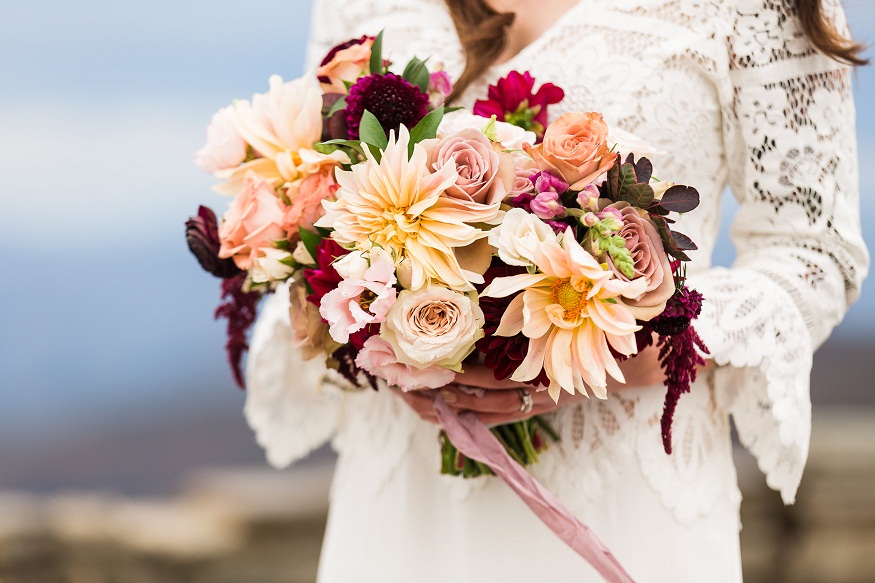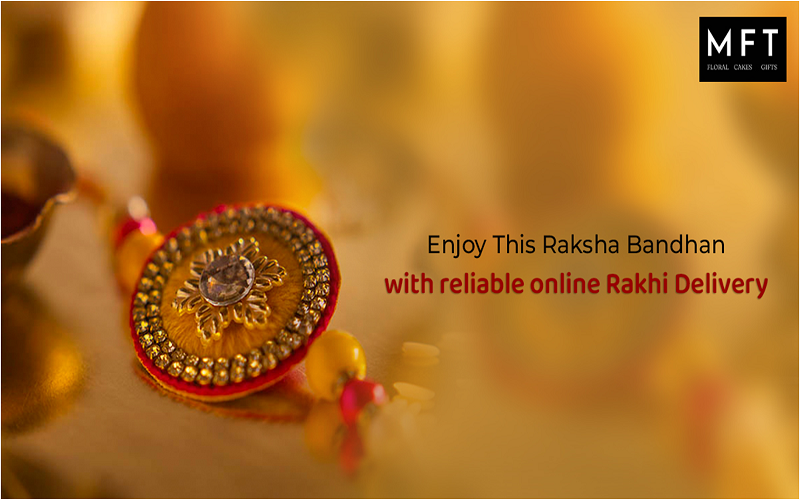The technique of making a bouquet of flowers combines aesthetics with individual expression. Selecting a colour scheme is one of the most important decisions in this procedure. Colours may set the mood, evoke feelings, and improve the arrangement’s overall appeal. By choosing the appropriate colour combination, you may create a bouquet that feels unified, fashionable, and profoundly significant.
Think About the Occasion
The colour scheme of a bouquet is frequently heavily influenced by the event. While bright, strong hues are appropriate for celebrations full of life and excitement, soft, pastel tones are best for occasions with a romantic or calm mood. Muted or monochromatic colour schemes may suit reflective or nostalgic situations. Your bouquet of flowers will feel appropriate and well-considered if the colours you choose complement the tone of the occasion.
Select a Focal Colour First
The palette of your bouquet is built upon selecting a focal colour. You will choose complementary or contrasting colours based on this prevailing shade. You can select secondary colours that accentuate the focus colour’s charm without overpowering it to create a more harmonious appearance. You establish a sense of harmony that unifies the bouquet by beginning with a distinct focal point.
Try Using Complementary Shades
Adding depth and interest to your floral arrangement can be achieved by experimenting with complementary hues. On the colour wheel, these hues are opposite and frequently provide eye-catching contrasts. For instance, a dynamic arrangement can be created by combining warm hues like orange and yellow with cold tones like blue and purple. You can find a novel and visually appealing palette by trying out various combinations.
Adopt a Monochromatic Style
Think about using a monochromatic palette for a sophisticated and unified style. This method uses various tones of the same colour to achieve a pleasing arrangement. While the bouquet is unified by the colour’s uniformity, light and dark variations provide depth. Monochromatic patterns are ideal for formal events or when you want to draw attention to the textures and shapes of the flowers themselves.
Make Use of Seasonal Inspiration
Seasonal flowers are a great way to get ideas for your bouquet because they frequently have hues that go well together. While earthy, dark hues feel suitable for chilly seasons, bright, sunny tones look great in hot months. Your floral arrangement will feel naturally attuned to its surroundings if you match your colour scheme with the cycles of nature.
The Right Balance Subtlety and Boldness
Your bouquet can become more lively and captivating by finding the ideal balance between striking and subdued hues. A bouquet with subdued tones may not have as much visual impact as one with abundant, vivid hues. Combined, the result is a balanced arrangement that attracts the eye without appearing disorganised. Your bouquet will feel energetic and harmonic thanks to this balance.
Follow Your Gut Feelings
In the end, a colour scheme that appeals to you is the ideal one. Your tastes and feelings should direct your decisions, even while rules and trends can inspire you. Trust your gut to design a genuine and significant bouquet, regardless of your preference for gentle, subtle hues or vibrant, cheery colours.
Conclusion
Your bouquet’s colour scheme is an opportunity to showcase your creativity and represent the feelings you want to portray. You may create a beautiful arrangement that speaks to the heart and captures the moment’s beauty by considering the occasion, trying out different combinations, and following your gut.




